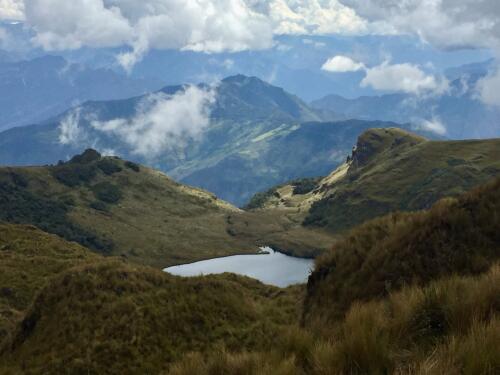Human
Humans moved into the Andes about 15,000 years ago and their introduction of regular fire to the landscape created a new ecosystem, research published in Nature Communications finds. A team led by Florida Tech professor Mark Bush and graduate student Jake Schiferl at the Institute for Global Ecology published their findings in the paper titled “A neotropical perspective on the uniqueness of the Holocene among interglacials.” The scientists studied hundreds of samples of fossil pollen and charcoal from a 305-foot-long sediment core raised from Lake Junin, at an elevation of more than 13,400 feet in the grasslands of the Peruvian Andes. This sedimentary record spanned the last 670,000 years and represented the longest continuous and empirically-dated record of tropical vegetation change to date. The pollen showed that the area had undergone seven ice ages, with each separated by a warmer period, known as an interglac...
